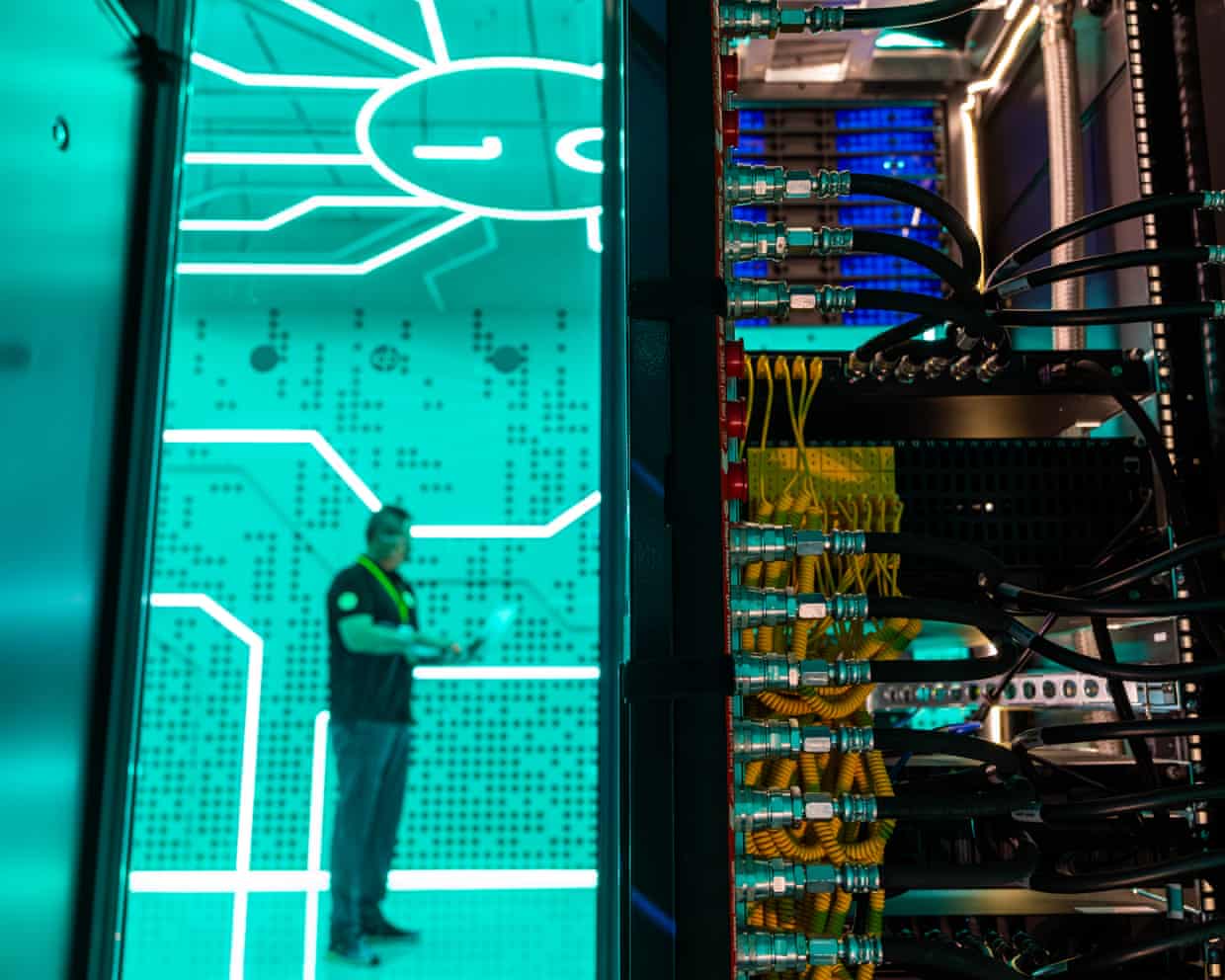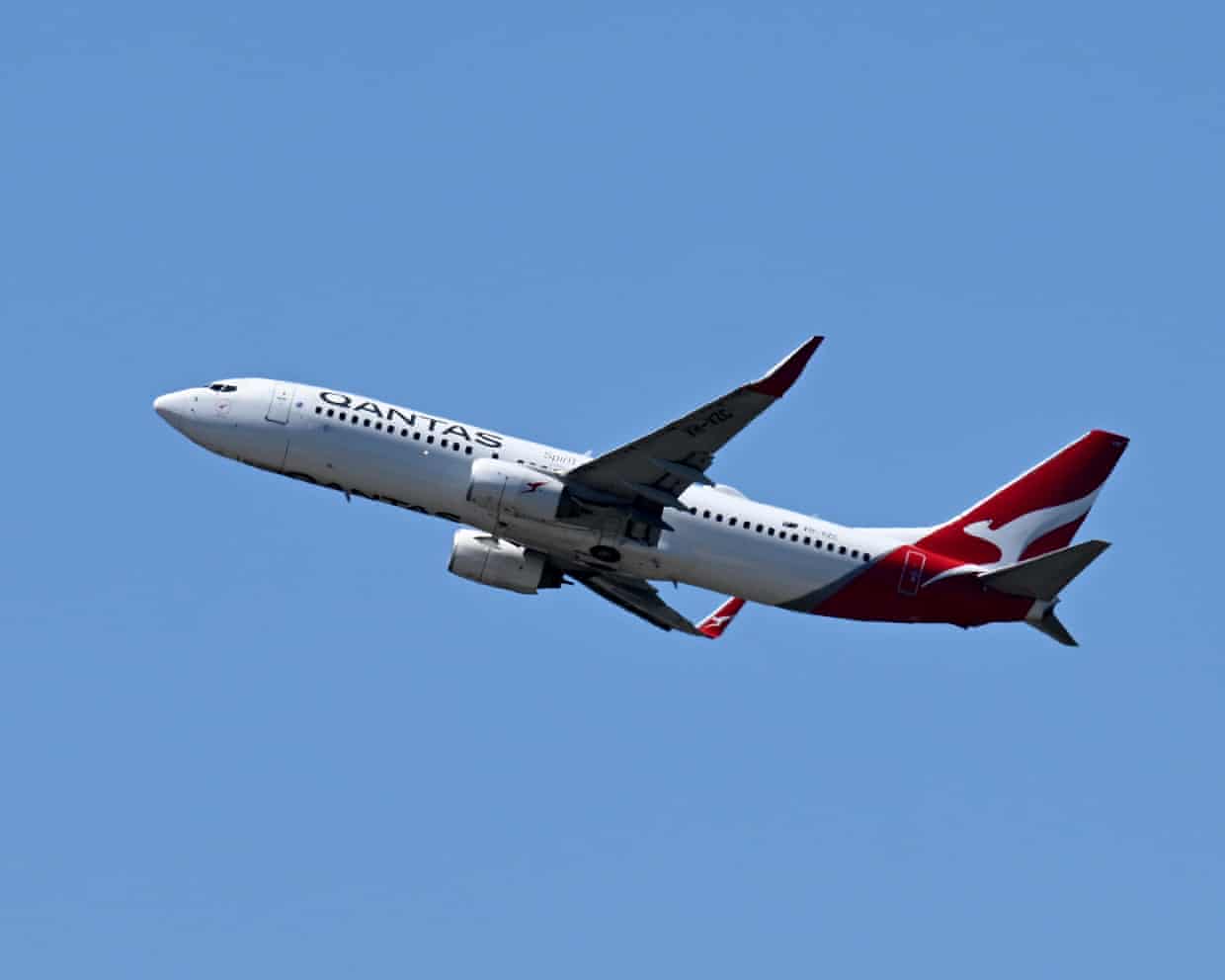A million young people aren’t in a job or training. Britain has a problem | Richard Partington

Almost a million young people are not in education, employment or training,Employers are freezing their hiring plans,Unemployment is at a four-year high,Not all is right in the UK jobs market, and the outlook is getting worse,Typically it takes a full-blown recession to spark the type of growth in unemployment that Britain is witnessing today.
About 100,000 jobs have been lost from company payrolls in the past year, and the official jobless rate has hit 4,8%, up from 4,1% a year earlier,More than 9 million working-age adults are neither in employment nor looking for a job,But while this alone ought to be worrying enough, underneath these headline statistics are two troubling trends: a dramatic increase in youth unemployment and rising levels of ill health.
This week the government will respond,Sir Charlie Mayfield, a former chair of John Lewis , is expected to publish his Keep Britain Working review, outlining his recommendations for the government and business to do more to tackle rising levels of worklessness,Commissioned by ministers last year, Mayfield believes businesses must do significantly more to help people with work-limiting health conditions and those with disabilities,Support for mental health in particular is key,“This issue is a nasty one,” Mayfield told me recently at Labour’s party conference in Liverpool.
“There is a tremendous opportunity to do better,“It is absolutely huge in the context of what it means for those people individually, in terms of what it means for the productive capacity that is not then available to the economy, and therefore the implications that has for growth,”As many as one in five working-age adults across the country are either not in employment or currently seeking a job, a position statisticians describe as “economically inactive”,For almost 3 million, the main reason is long-term ill-health, which is near to its highest level on record,Most of the increase has been down to the health of young people.
Between 2015 and 2024, the number of people with work-limiting conditions rose by 900,000, or 32%, for 50- to 64-year-olds.For those aged 16 to 34, the rise was 1.2 million, or 77%.More than a quarter of 16- 24-year-olds who are not in education, employment or training (Neet) are inactive because of disability and ill-health, according to the Resolution Foundation.That figure has more than doubled since 2005.
Separate analysis published this week by the TUC shows that unemployment for people with disabilities has jumped to the highest rate since before the Covid pandemic, and stands at more than double that of the rate for non-disabled people.With the Mayfield review, the TUC chief, Paul Nowak, believes Labour has an opportunity to turn the page on a decade of Tory neglect of disabled workers.But it will require ministers to take action.“Our employment system is failing disabled people,” he said.“We can’t carry on as we are.
”The big question is how to respond.Who is best placed to help young people, and those with health conditions, to get on in the world of work?Ahead of Rachel Reeves’s budget, business leaders have made clear that their capacity to do much more is at breaking point.But with the public finances in a tight spot, the government, too, has limited room for manoeuvre.On 26 November, the chancellor will be expected to flesh out her promise of a “youth guarantee”, announced at Labour’s annual conference in Liverpool.Investment in skills, training, apprenticeships and further eduction will also be key.
The TUC is warning Reeves against taking a renewed shot at cutting disability benefits, urging her to reform the Access to Work scheme, and to raise statutory sick pay.Sign up to Business TodayGet set for the working day – we'll point you to all the business news and analysis you need every morningafter newsletter promotionGetting more people into work would be a much better way to cut spending on benefits.It would also benefit the economy: if the UK matched the lowest Neet rate among OECD countries, that could deliver a boost to the economy of £69bn.For business, bosses feel in a strong position to push back against any new government requests to play a bigger role.Unless, of course, it involves a tax break or subsidy.
After the chancellor’s last budget raised employer national insurance contributions (NICs) by £25bn, corporate lobbyists feel emboldened.On the one hand, they have a point.Alongside this tax rise, a higher living wage, elevated borrowing costs, sticky inflation and a sluggish economic outlook, companies are under significant pressure.These headwinds are among the reasons why the jobs market is faltering.Business groups also warn that Labour’s “make work pay” employment rights bill would make matters worse.
Job vacancies have fallen most in the sectors hurt most by the rising cost of employment and fading consumer demand; retail, leisure and hospitality are among the hardest hit.However, these places are also typically the first ports of call for young people and those with health issues who are hoping to get back into the jobs market.But employers refusing to do more to help them would be massively short-termist.Without support, the rise in people standing outside the jobs market will deprive business of potential employees and customers; unemployment would rise further, the economy would suffer, and the public finances would deteriorate.Nobody wins.
“Investment in employee health and wellbeing should not be a burden,” Mayfield told me in Liverpool,“It actually should be something that is both increasingly necessary and also highly returning for employers,“What we have to figure out is, how do we create the circumstances where more employers both feel and experience that?”Businesses might well be under pressure,But equally they cannot opt out either, and say: “Nothing to do with us,” We live in a society where we are all connected.

Boom or bubble? Inside the $3tn AI datacentre spending spree
The global investment spree in artificial intelligence is producing some remarkable numbers and a projected $3tn (£2.3tn) spend on datacentres is one of them.These vast warehouses are the central nervous system of AI tools such as OpenAI’s ChatGPT and Google’s Veo 3, underpinning the training and operation of a technology into which investors have poured vast sums of money.Despite concerns that the AI boom could be a bubble waiting to burst, there are few signs of it at the moment. The Silicon Valley AI chipmaker Nvidia last week became the world’s first $5tn company and Microsoft and Apple’s valuations hit $4tn, the latter for the first time

Knee-jerk corporate responses to data leaks protect brands like Qantas — but consumers are getting screwed
It’s become the playbook for big Australian companies that have customer data stolen in a cyber-attack: call in the lawyers and get a court to block anyone from accessing it.Qantas ran it after suffering a major cybersecurity attack that accessed the frequent flyer details of 5 million customers.The airline joined the long list of companies in Australia, dating back to the HWL Ebsworth breach in 2023, to go to the New South Wals supreme court to obtain an injunction against “persons unknown” – banning the hackers (and anyone else) from accessing or using the data under threat of prosecution.Of course, it didn’t stop hackers leaking the customer data on the dark web a few months later.But it might have come as a surprise when the ID protection company Equifax this month began alerting Qantas customers that their data had been leaked – since access to the data was supposedly banned

Ducking annoying: why has iPhone’s autocorrect function gone haywire?
Don’t worry, you’re not going mad.If you feel the autocorrect on your iPhone has gone haywire recently – inexplicably correcting words such as “come” to “coke” and “winter” to “w Inter” – then you are not the only one.Judging by comments online, hundreds of internet sleuths feel the same way, with some fearing it will never be solved.Apple released its latest operating system, iOS 26, in September. About a month later, conspiracy theories abound, and a video purporting to show an iPhone keyboard changing a user’s spelling of the word “thumb” to “thjmb” has racked up more than 9m views

Apple reports record iPhone sales as new lineup reignites worldwide demand
Apple reported its first quarterly earnings since the release of its new lineup of iPhones on Thursday, beating Wall Street analysts’ expectations. The company showed steady financial growth and a strong bottom line despite slow progress on artificial intelligence. The report comes just days after the company hit a $4tn market value for the first time.“Today, Apple is very proud to report a September quarter revenue record of $102.5 billion, including a September quarter revenue record for iPhone and an all-time revenue record for Services,” Apple’s CEO, Tim Cook, said in a statement

Amazon reports strongest cloud growth since 2022 after major outage
Amazon has made its first financial disclosures since the disastrous outage suffered by its cloud computing division that brought everything from smart beds to banks offline.In spite of the global outage, Amazon Web Services has continued to grow, and this quarter reported a 20% increase in revenue year over year. Wall Street estimated that AWS would bring in $32.42bn in net sales in the third quarter, with the company reporting actual revenue of $33bn.“AWS is growing at a pace we haven’t seen since 2022,” CEO Andy Jassy said in a statement accompanying the earnings report

OpenAI thought to be preparing for $1tn stock market float
OpenAI is reportedly gearing up for a stock market listing valuing the company at $1tn (£760bn) as soon as next year, in what would be one of the biggest ever initial public offerings.The developer behind the hit AI chatbot ChatGPT is considering whether to file for an IPO as soon as the second half of 2026, according to Reuters, which cited people familiar with the matter. The company is thought to be looking to raise at least $60bn.A stock market float would give OpenAI another route to raising cash, supporting ambitions by the chief executive, Sam Altman, to splash trillions of dollars on building datacentres and other forms of infrastructure needed for the rapid buildout of its chatbots.During a staff livestream on Tuesday, Altman was reported to have said: “I think it’s fair to say it [an IPO] is the most likely path for us, given the capital needs that we’ll have

From fritters to pizza, there’s more to pumpkin season than soups and carving

Benjamina Ebuehi’s recipe for ginger biscuit s’mores | The sweet spot

How to turn pastry scraps into a quick and tasty caramelised onion tart – recipe | Waste not

Australian supermarket chocolate ice-cream taste test: ‘My scorecard read simply: “I’m going to buy it”’

Sweet dreams? Healthy ways to put pudding back on the menu | Kitchen aide

José Pizarro’s recipe for pumpkin and spinach with pimenton